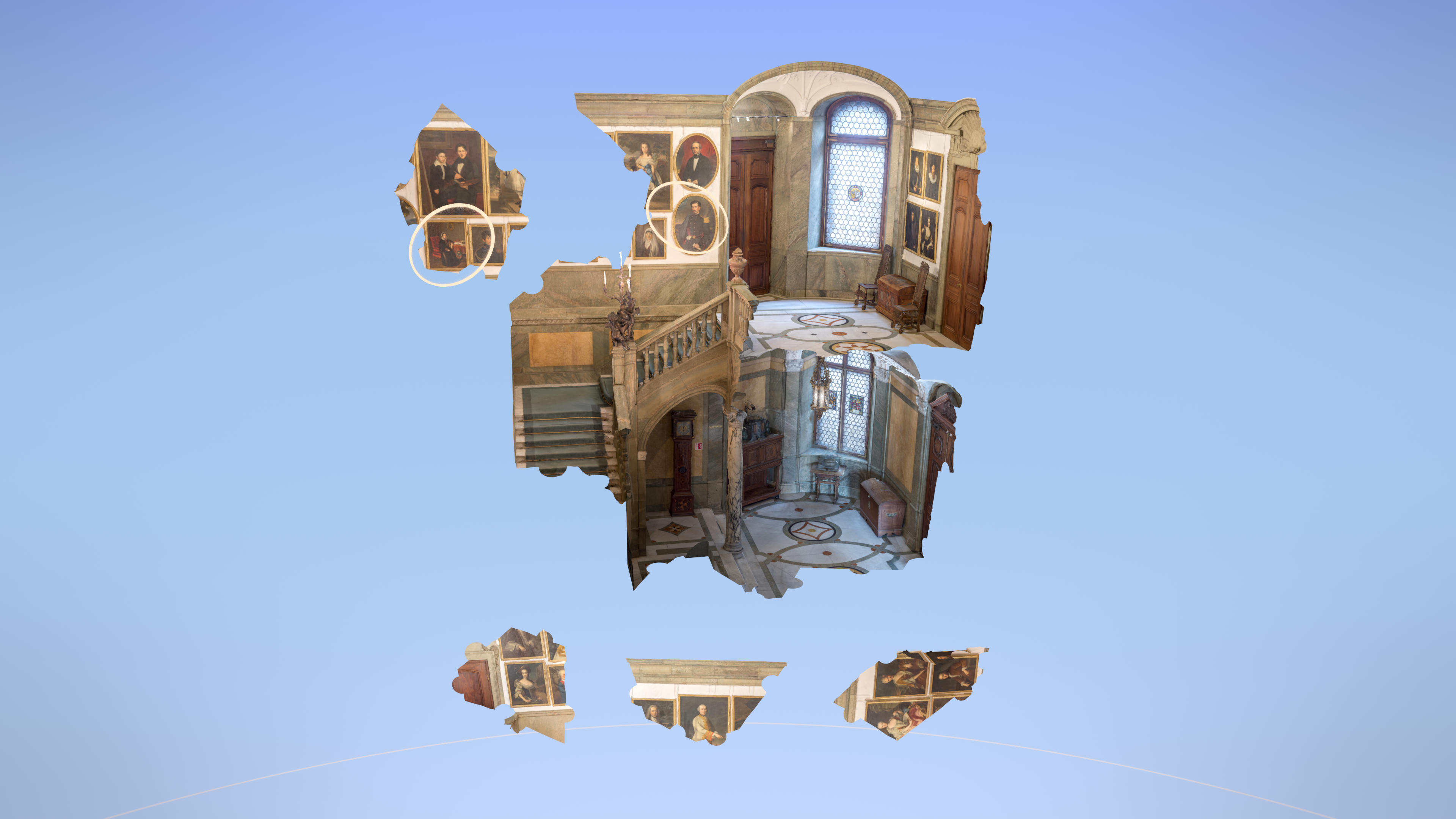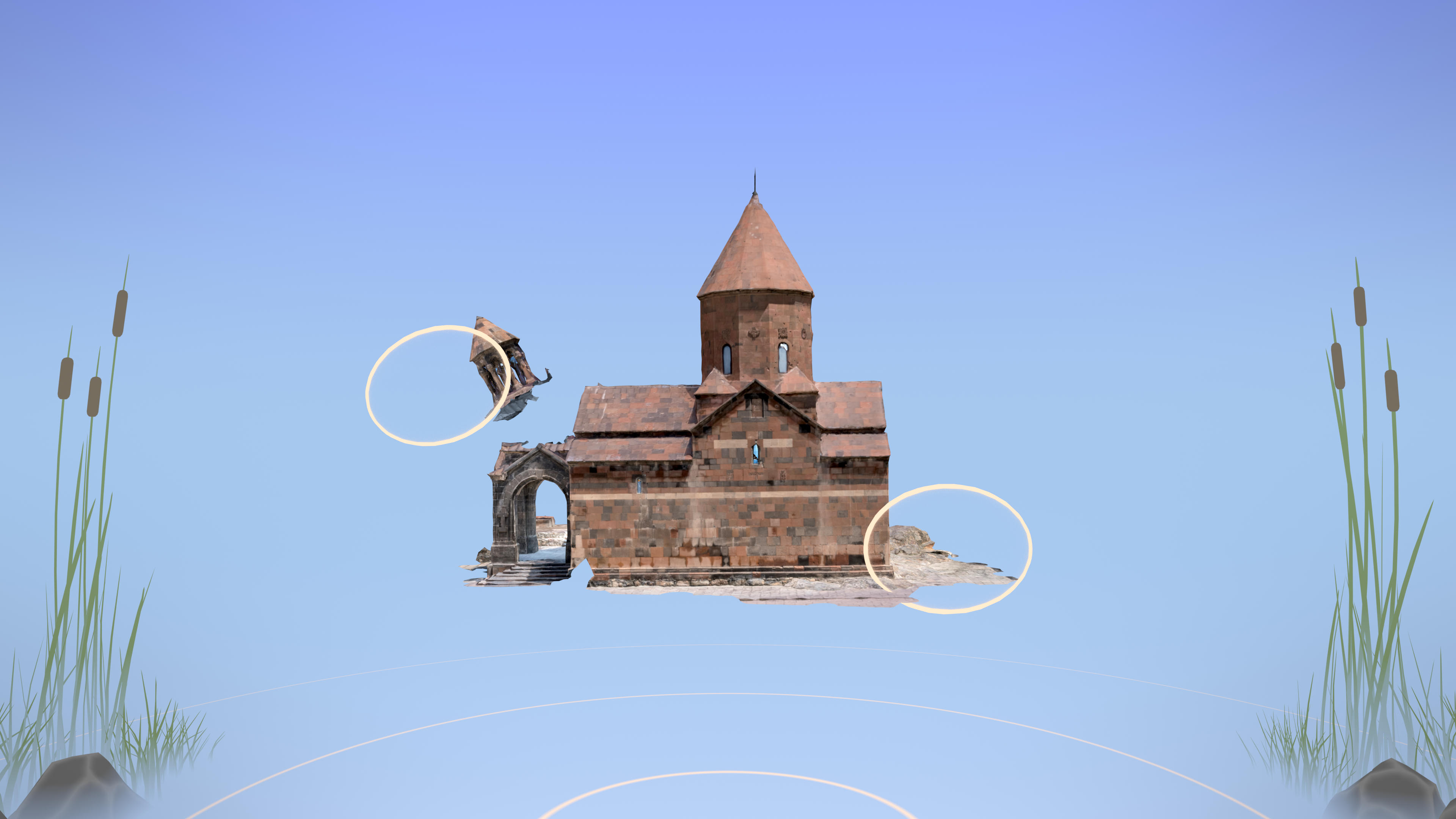Puzzling Places is a perfect fit for every VR owner
A real piece of work.

When people ask me for Meta Quest recommendations, the first game I always suggest is Puzzling Places. That might seem like an unconventional pick to some; after all, a collection of 3D jigsaw puzzles doesn’t exactly showcase the capabilities of VR gaming.
But there’s something special about Puzzling Places that makes me genuinely believe that it’s the essential game for Meta Quest, even more so than Beat Saber.
Puzzling Places can easily slip under the radar of new Quest 2 owners. When you’re first dipping your toes into VR, it’s completely understandable that you’d gravitate toward something with a more exciting premise.
Even those who are aware of the game — which is just shy of a year old at this point — might skip out on it for the same reason. It’s absolutely not as flashy as some of the other great games that you can find on the Quest store. Look past any initial blasé reactions and dig a little deeper, however, and you’ll see how Puzzling Places can be enjoyed by everyone.
Our Oculus Quest Game of the Week column highlights recent Meta Quest titles, indie gems, App Lab up-and-comers, or cool sideloaded mods. Games that we didn't have time to review, but deserve recognition.
The basics
[...] there’s something special about Puzzling Places that makes me genuinely believe that it’s the essential game for every Meta Quest owner.
Assembling a 2D jigsaw puzzle is already a relaxing experience, but Puzzling Places takes it a step further by having you piece together fully 3D miniatures. While 3D jigsaw puzzles do exist physically, one of the advantages of Puzzling Places is the lack of a cleanup — not to mention that with virtual puzzles, you also don’t have to worry about your work-in-progress accidentally getting ruined.
Jigsaw puzzles are a commitment that can take up a lot of space. The convenience that Puzzling Places offers makes it a lot easier to embrace the zen experience of putting one together.
Picture perfect

It helps that the puzzles themselves are interesting to assemble. The game uses photogrammetry 3D scans for each puzzle, and there are some truly gorgeous locations. Coastal cities, Armenian temples, and fancy mansions are just some of the beautiful places that make up the base game's offerings. Having the puzzles exist in a 3D space allows you to interact with them in a way you couldn't physically.
Get the latest news from Android Central, your trusted companion in the world of Android
By using a grip-pull camera system, you can bring yourself closer to the miniature, right until you're all but inside of it. This functions both as a way to add some VR immersion, and a way for you to see all of the tiny details you might miss.
Puzzles are also enhanced by great sound design; there’s a soundscape for each puzzle that slowly becomes louder the closer you are to completing it, and a very satisfying click echoes every time you snap pieces together.
Piecing it together

One of my favorite things about Puzzling Places is its approach to difficulty. The number of pieces for each puzzle can be broken into bundles of 25, 50, 100, 200, or 400. This helps make the game feel accessible to people who want a different level of challenge and adds replay value.
Although the end result is the same regardless of the amount of pieces, the varied levels of complexity makes each feel unique. There are 17 puzzles in the base game; with the difficulty options, however, it feels like there’s 85.
Having the puzzles exist in a 3D space allows you to interact with them in a way you couldn't physically.
Anyone who’s familiar with putting a jigsaw puzzle together will know that it’s sometimes best to work through the puzzle in sections (“start with the corners” is tried-and-true advice for a reason).
Puzzling Places adapts this to a 3D space in a way I find immensely clever. After you’ve placed pieces together, they function as a singular piece, and you can move them out of your way to focus on putting other pieces together.
But what’s really cool is how you can take multiple sections and combine them in a sort of folder. For instance, if I’ve assembled two upper corners of a room but don’t have the pieces I need to connect them, I can lump the corners with each other and set them aside until I’m ready for them. It’s a small touch for sure, but when you’re dealing with a 400-piece puzzle, being able to group sections is invaluable.
The big picture

Puzzling Places is still receiving constant updates; both in the form of paid puzzle packs and new features. Recently, a Passthrough mode was added that lets you piece puzzles together in your own living room (I don’t see the appeal of passthrough modes personally, but the option is there for anyone that wants it!).
This type of continued support from developer realities.io showcases just how much longevity there is to Puzzling Places. It’s come a long way since its initial beta launched on SideQuest years ago, and I can’t wait to see what’s next.
Puzzling Places
Puzzling Places is a perfect game for anyone looking to destress or flex their brain. It doesn't dazzle with immersive physics or eye-popping visual effects, but its simple use of VR makes the classic fun of jigsaw puzzles feel even more satisfying.
Buy at: Oculus

Nick is a freelance journalist and games reviewer with a passion for RPGs, bad puns, and VR. When he isn’t guesting on podcasts or streaming on Twitch, he’s probably playing Borderlands with his husband.


